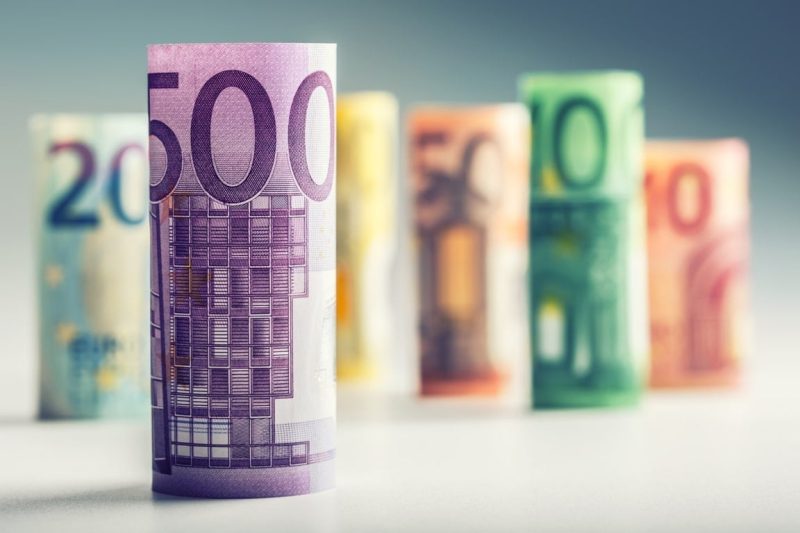The recent downward trend of the Euro Index has brought about concerns among investors, as it dropped to a new multi-day low. This decline reflects the ongoing challenges faced by the Euro, amidst a volatile global economic environment.
One of the key factors contributing to the Euro’s weakness is the uncertainty surrounding the economic recovery in the Eurozone. The region has been struggling to bounce back from the impact of the COVID-19 pandemic, with uneven growth rates and sluggish consumer spending hindering a robust recovery.
Additionally, the European Central Bank’s (ECB) monetary policy decisions have also played a role in the Euro’s decline. The ECB’s dovish stance, with its ongoing asset purchases and low-interest rates, has put pressure on the Euro. Investors have been wary of the ECB’s continued intervention in the market, which has dampened confidence in the currency.
Moreover, geopolitical tensions and trade uncertainties have added to the Euro’s woes. The ongoing tensions between the European Union and Russia, as well as trade disputes with the United States, have created further instability in the region. These factors have made investors hesitant to hold onto the Euro, leading to its recent decline.
Looking ahead, the Euro Index’s future trajectory will likely be influenced by a mix of economic data releases, central bank actions, and geopolitical developments. Any signs of sustained economic recovery in the Eurozone, along with a shift in the ECB’s monetary policy stance, could help support the Euro and reverse its downward trend.
In conclusion, the Euro’s recent fall to a new multi-day low reflects the challenges facing the currency amidst a complex economic landscape. By closely monitoring key indicators and geopolitical events, investors can better navigate the volatility surrounding the Euro Index and make informed decisions in the ever-changing global market.

